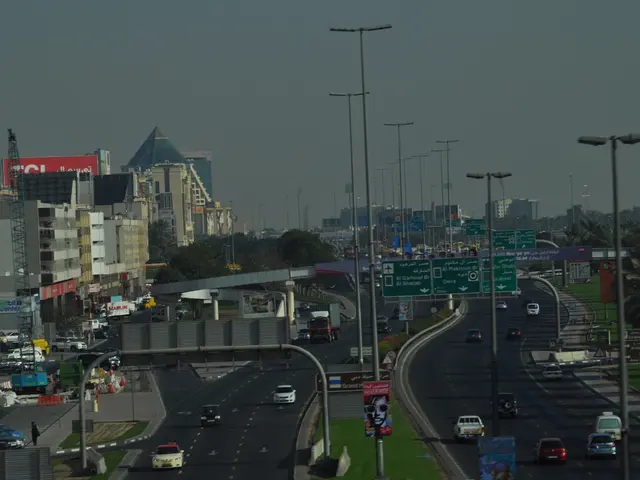Rapidly melting glaciers equate to 9 million Olympic-sized ice pools worth of ice loss annually, a consequence attributed to shifting monsoons.
In a groundbreaking discovery, a new study led by researchers Sonam Sherpa from the University of Utah and Susanna Werth from Virginia Tech has revealed that shifts in rainfall and snowfall patterns driven by the South Asian monsoons are contributing to the accelerated melting of glaciers in the Himalayas.
The study, which utilised satellite data from NASA's GRACE mission, has identified that glaciers in the Central and Western Himalayas are losing ice due to increased rainfall, while in the Eastern Himalayas, reduced snowfall plays a more significant role.
The Central Himalayas, particularly vulnerable to monsoon dynamics, are experiencing a disruption in their summer mass balance. Warming temperatures are reducing snowfall, shortening the precipitation season, and in some cases, shifting it from snow to rain. This, in turn, is causing the glaciers to retreat at an accelerated pace.
The researchers found that the region known as the Third Pole, which contains the largest reserve of glacier ice outside the Arctic and Antarctic, is not immune to these changes. The glaciers in this region feed rivers and lakes that provide freshwater for more than 1.4 billion people across South and Central Asia.
The study also identified 3-8 year melt cycles tied to natural monsoon variability, raising concerns about how future climate shifts will affect glacier stability. Unstable glaciers pose dangers that extend far beyond long-term water loss, increasing the risk of glacial lake outburst floods, which can trigger cascading hazards such as landslides and river flooding.
Researcher Susanna Werth warns that a faster retreat of mountain glaciers will shift the main source of river flow from glacier melt to rainfall, thereby heightening the risk of droughts in downstream regions for future generations.
The new research shows that changes in seasonal weather patterns are playing a significant role in accelerating glacial melt. Regions such as the Central, Western, and Eastern Himalayas are particularly at risk due to their vulnerability to monsoon dynamics. However, the study does not specify a particular researcher or institution involved in investigating this issue further.
The study, published in the journal Nature, presents the first clear evidence that the South Asian monsoon is a critical factor in the melting of Himalayan glaciers. As the effects of climate change continue to unfold, understanding these patterns will be crucial in predicting and mitigating the potential impacts on freshwater supplies and the lives of millions of people in the region.
Read also:
- Peptide YY (PYY): Exploring its Role in Appetite Suppression, Intestinal Health, and Cognitive Links
- Toddler Health: Rotavirus Signs, Origins, and Potential Complications
- Digestive issues and heart discomfort: Root causes and associated health conditions
- House Infernos: Deadly Hazards Surpassing the Flames








